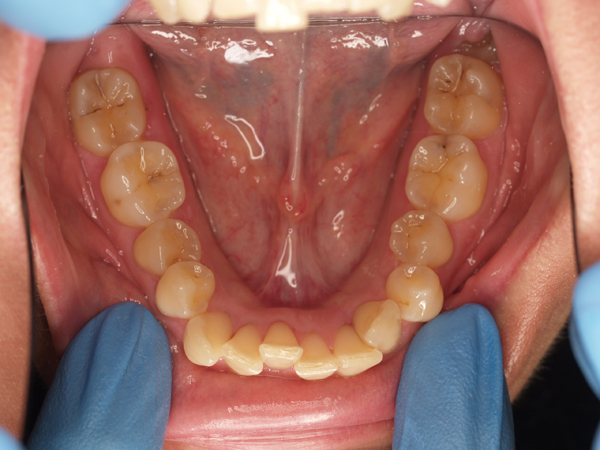
A frenectomy is a surgical procedure performed by oral surgeons. It involves the removal of a small fold of tissue called a frenum that connects the lips or tongue to the gum or the floor of the mouth. There are two main types of frenectomies:
Frenectomies are typically relatively straightforward and are performed using local anesthesia to numb the area. They can be beneficial in cases where the frenum is causing functional or aesthetic problems, particularly in the field of orthodontics where proper alignment of teeth and jaw is crucial.

A tongue tie is when the piece of skin beneath a baby’s tongue is attached to the tongue. Most times, this piece of skin separates front the tongue’s front end before birth.
The diagnosis may be during the baby’s routine newborn check. However, it isn’t always easy to spot. It may become noticeable when the baby has feeding problems.
The normal functioning of the tongue is important for several reasons, such as allowing a baby to latch properly and breastfeed efficiently. It also promotes normal speech development and supports the child’s ability for the mouth to self-cleanse while eating. Normal tongue function encourages good swallowing patterns and proper development and growth, allowing the child to experience fun little things such as sticking out the tongue, playing a wind instrument or eating ice cream.

Speech production requires a complex system in the working of our mouth. It has several components, and articulation is one.
Articulation is how we produce sound by constricting the airflow in a certain way. Tongue teeth, lips, and the soft and hard palate are involved in articulation and are also the main structures of the oral cavity.
The tongue is an important articulator used in every speech production. If tongue movement becomes restricted due to a tie, several articulation errors will occur. As a child grows older little articulation areas that are still present may become a cause for concern. Sometimes, the tongue restriction may cause omitting certain speech sounds.
Depending on when a child’s tongue tie is discovered, some children may have found a compensating mechanism, meaning their muscles have adapted to produce sounds wrongly. This may cause neck tension, narrow palate, sinus infections and headaches.
The frenectomy surgery procedure typically completes in under 15 minutes and is conducted under local anesthesia. Modern dental advancements have enabled the use of lasers for many frenectomy surgeries, a method that helps minimise bleeding, reduce the necessity for stitches, and accelerate the recovery process. If you're considering this procedure, searching for 'laser frenectomy near me' can help you find nearby clinics equipped with the latest technology.
Our experienced orthodontists at Kingston Orthodontics can assess your child and suggest whether a frenectomy is required for your child. Call us on 0203 002 2501 to book a consultation.

Spread the cost of any treatment
We are here to help you achieve the perfect – and affordable – smile so please talk to us about our popular interest-free payment plans. Spread the cost and relax – secure in the knowledge that your treatment will take place on time and on budget.